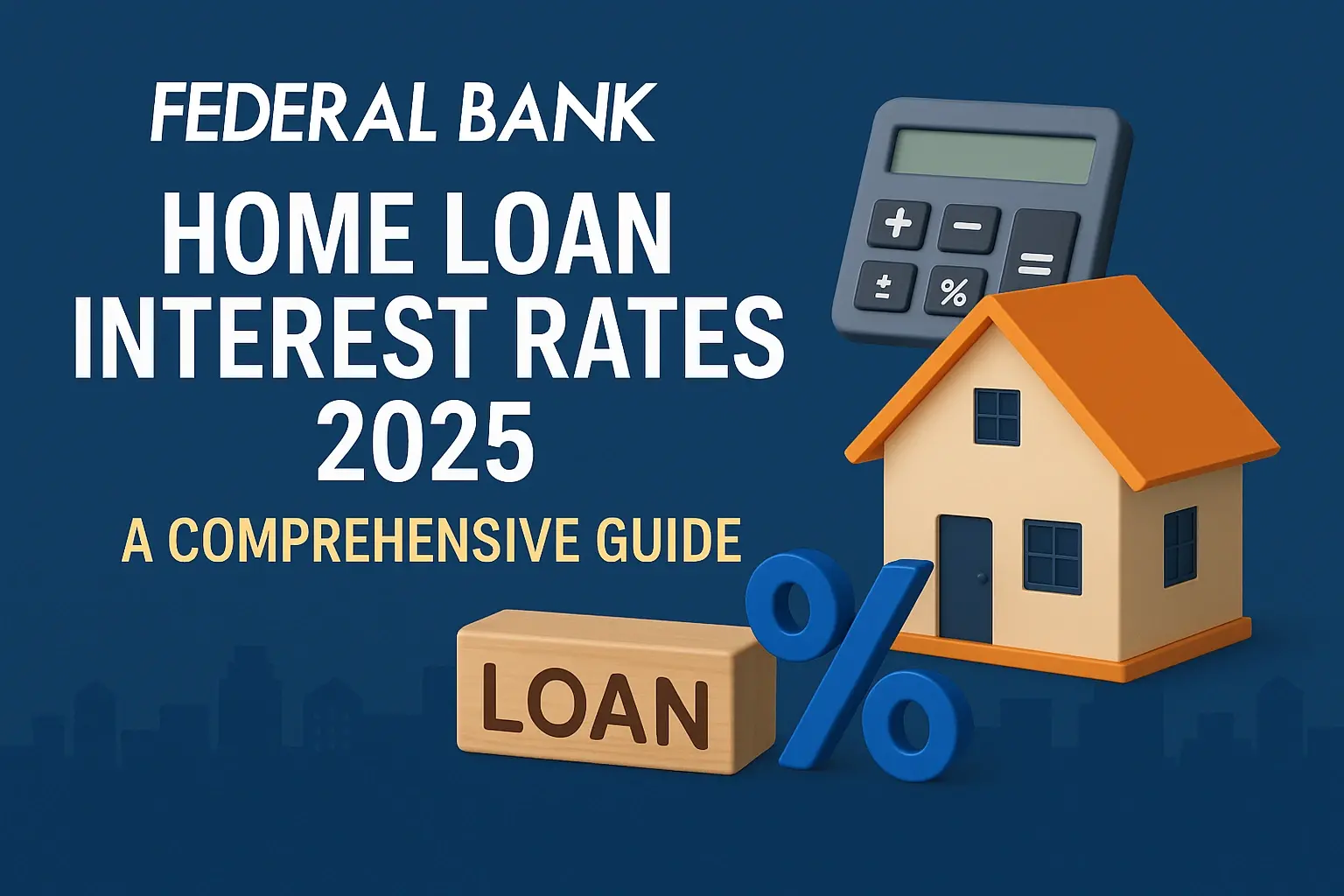-
Posted on: 14 Feb 2023

-
Revolving usage is a percentage of credit utilized in proportion to the whole amount of credit supplied. It is computed by dividing the credit limit accessible on each outstanding revolving account by the total amount of all those accounts. This statistic is crucial as it allows lenders to know, about their available credit, and the debt a borrower carries. It also enables lenders to evaluate a person's financial management skills and debt repayment capacity.
How does revolving utilization work?
In the realm of finance, revolving use is a quite significant idea. It gauges the percentage of your current credit being utilized at any one moment. It may influence your credit card or loan approval as well as aid lenders in ascertaining your debt management skills. Understanding how revolving use works will help you to ensure that you are utilizing your available credit sensibly and without overcommitting yourself financially.
What is the revolving utilization ratio?
One financial indicator of a consumer's current credit use is revolving utilization. It is computed by dividing the whole debt on all revolving accounts—including credit cards—by the entire amount of available credit. A customer has more debt in proportion to their accessible credit, the higher their ratio. Lenders find this ratio to be crucial as it helps them to determine the likelihood of loan default by a borrower. A high revolving use ratio might suggest that someone is overstretching their finances and can be in danger of loan default down the road.
What is a good revolving utilization?
Usually, 30% or below, a good revolving use rate indicates to lenders that you are appropriately managing your debt and can be relied upon to pay back any loans they may provide you. Good revolving usage rates can help you get authorized for credit cards, loans, and other financial goods.
How does revolving utilization impact your credit score?
One major determinant of your credit score is revolving use. It is the proportion of your overall credit card balances to the overall credit limit that each of your cards allows. While a smaller use will assist you in getting a good credit score, a larger revolving use may negatively affect yours.
Is a 0% revolving utilization the best?
Determining creditworthiness and financial situation mostly depends on the way one uses credit cards. Since it signifies you are not utilizing credit cards to support your lifestyle, a 0% revolving usage is often seen as the perfect circumstance. Before determining if it is appropriate for you, however, it is crucial to consider the ramifications of having a 0% revolving usage rate.
In certain cases, including loan or mortgage applications, having a 0% revolving usage might be advantageous. It could also help you avoid high-interest credit card rates. On the other hand, not having any debt at all might also imply that you are passing on chances to raise your credit score and eventually strengthen your financial situation.
How do some creditors use revolving utilization for approvals?
Some creditors evaluate creditworthiness and decide whether or not to issue a loan using revolving usage. This statistic gauges the percentage of the consumer's available credit they are consuming. Should the customer be utilizing too much of their current credit, this might indicate financial difficulty and the creditor could refuse the loan application.
To determine this revolving use ratio, creditors will review the consumer's overall available credit limit as well as their revolving debt load. Creditors evaluate risk and decide whether or not to accept a loan application using this ratio.
How can you keep your revolving utilization low?
Maintaining a decent credit score depends on you keeping your revolving use low. The amount of credit you are now utilizing out of the total amount of credit you may have is known as revolving use. A high revolving use might indicate that you are overstretching yourself financially and cause loan interest rates to rise or trouble getting fresh credit. Fortunately, there are various methods you can use to keep your revolving use low and have a good financial profile.
Why does your actual revolving utilization differ from your credit report?
It might be perplexing and taxing to know why your credit report shows different revolving use than you do. One of the most crucial elements influencing your credit score is the revolving use of the credit you have at your disposal. Understanding why your real revolving use can vary from what shows on your credit report will help you enhance your score using appropriate actions.
A low revolving utilization could be the key to good credit.
Getting authorized for credit goods is mostly dependent on credit ratings. Unlocking improved credit ratings might need a low revolving usage ratio. One way to gauge your current credit use is via revolving use. It is computed by dividing your debt by the amount of credit you now possess.
Your credit score may benefit from your low revolving use ratio—that is, from utilizing less than 30% of your available credit. This is so because lenders want to see that you are not maxing out all of your cards, as this might point to financial prudence. Maintaining a low revolving usage percentage also demonstrates to lenders your sound financial management and responsible handling of many accounts.
What can you do if your revolving utilization is too high?
Your credit score is significantly influenced by revolving use—that is, the proportion of credit you have utilized relative to your overall available credit. If your revolving use is excessive, it may lower your score and complicate your chances of loan or other credit approval. Fortunately, there are several actions you may take to increase your credit score and cut your revolving use.
- Open a new credit card.
- Request an increase in a credit limit
- Pay credit card debt
- Refrain from closing accounts
- Monitor your spending!
- Never reach your credit limit
- Refinance credit cards with a personal loan
Improve your credit score now—call (888) 803-7889 for a free consultation!




